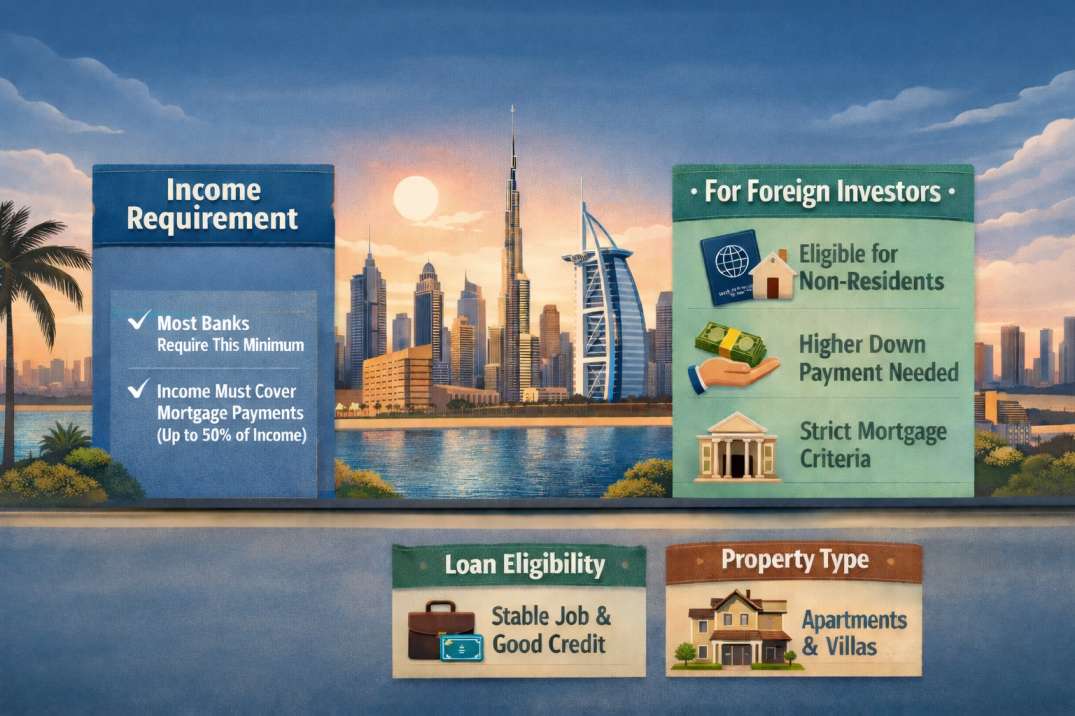Dubai Metro Blue Line: Route, capacity, travel time; all you need to know

It is part of the Dubai 2040 Urban Master Plan, which aims to create a '20-minute city’
The 30km Blue Line Dubai Metro extension that was officially announced on Friday will not only cut travel time and connect key neighbourhoods with growth areas, but will also offer breathtaking views while commuting across the city.
Set for completion by 2029, Blue Line will have for the first time trains crossing over the historic Dubai Creek along a 1,300-metre long viaduct supporting the elevated railway, connecting Al Jaddaf with Dubai Festival City and Dubai Creek Harbour.
Blue Line will also serve as the key integration point between the existing Red and Green Lines. It is part of the Dubai 2040 Urban Master Plan, which aims to create a '20-minute city’, a transit-oriented approach where residents will have about 80 per cent of essential services they need within a 20-minute journey time.
The Roads and Transport Authority (RTA) has shared the route, passenger capacity, travel time, and service intervals between stations. Here are the key takeaways:
Service areas
Blue Line will connect Dubai International Airport (DXB) with nine key areas, including Mirdif, Al Warqa, International City 1 and 2, Dubai Silicon Oasis, Academic City, Ras Al Khor Industrial Area, Dubai Creek Harbour and Dubai Festival City. A significant reduction in travel time via Blue Line between these destinations is expected – ranging from 10 to 25 minutes, according to RTA.
As part of 2040 Urban Masterplan, Blue Line will also connect the said nine areas with Dubai’s five urban centres, including the historic districts of Deira and Bur Dubai; the economic and commercial centres at Dubai International Financial Centre, Sheikh Zayed Road, Downtown Dubai and Business Bay; tourism hubs in Dubai Marina and JBR; as well Expo 2020 Centre and Dubai Silicon Oasis Centre.
Mattar Al Tayer, RTA director-general and chairman of the board of executive directors, noted around one million individuals living in the areas covered by Blue Line will directly benefit from the project.
Stations
Blue Line will have a total length of 30km, of which 15.5km will be underground (at a depth of up to 70 metres) and 14.5km will be elevated rail.
A total of 14 stations will be constructed for the new route – nine are elevated stations and five underground, including the largest underground interchange station within the metro network, covering an expansive area of 44,000 square metres to be located in International City that can accommodate approximately 350,000 passengers daily.
The interchange points will be at Creek Station on the Green Line, Centrepoint Station on the Red Line, and Dubai International City Station 1.
Al Tayer said Blue Line will also stand out with an iconic station spanning 8,800-square metres at Dubai Creek Harbour. Its distinctive architecture is designed by globally renowned firm Skidmore, Owings and Merrill that also designed Burj Khalifa, Denver Union Railroad Station in Colorado and Sears Tower in Chicago, USA.
Routes
According to Al Tayer, Dubai Metro Blue Line will have two main routes. The first route begins at the Creek Interchange Station on the Green Line, located in Al Jaddaf. It then passes through Dubai Festival City, Dubai Creek Harbour and Ras Al Khor, before reaching Dubai International City 1, which has an interchange station. The route continues towards Dubai International City 2 and 3, extending to Dubai Silicon Oasis and up to the Academic City. This section spans 21 km and features 10 stations.
The second route of the Blue Line starts from Centrepoint Interchange Station on the Red Line in Al Rashidiya. It will pass through Mirdif and Al Warqaa, and conclude at Dubai International City 1 Interchange Station. This route measures 9 km in length and includes four stations. There will also be a metro depot at Al Ruwayyah 3.
Passenger capacity
The Blue Line is designed to handle an estimated capacity of about 56,000 passengers per hour in both directions at a service interval of about 1.5 minutes.
By 2029, an estimated 50,000 university students from Academic City are anticipated to use the Blue Line.
By 2030, the Blue Line is expected to serve a total of approximately 200,000 passengers daily, increasing to 320,000 passengers daily by 2040.
Cost and benefits
Dubai’s latest public transport project will be built at a cost of Dh18 billion. The Blue Line will expand Dubai's railway network to 131 km, encompassing 78 stations and 168 trains.
Initial studies by RTA indicated total benefits of the project by 2040 will reach as much as Dh56.5 billion, in terms of savings in time and fuel, reduced accident-related fatalities and lower carbon emissions. It is also aligned with the goals outlined in Dubai Economic Agenda as it will not only facilitate mobility, but the value of real estate property that will be covered by Blue Line is estimated to appreciate up to 25 per cent.
Additionally, the metro line will decrease traffic congestion on its served routes by 20 per cent.
Rollout plan
The deadline for the submission of tender for the Blue Line from contractors, joint ventures and consortiums was set on Friday, November 24. The announcement of the project awarding will be done next year while tunnel boring to create an underground corridor for the Blue Line will start in 2025.
Trial operation is expected to happen in 2028 and the official rollout is set in 2029, coinciding with the 20th anniversary of the Dubai Metro that officially rolled out on September 9, 2009.
Get In Touch
Latest Blogs

UAE joins US-led AI supply chain initiative Pax Silica, bolsters economic ties

Dubai: Dh30 billion Mercedes-Benz City opens for sale; apartment prices revealed

Minimum Salary Required to Buy Property in Dubai

Dubai closes 2025 with its strongest ever property sales quarter at Dh187 billion

